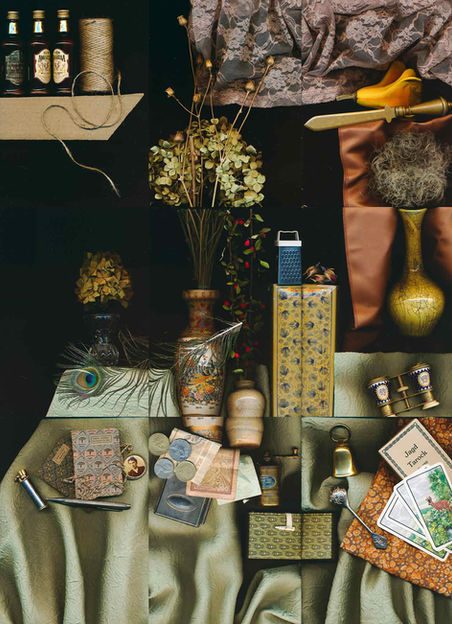

STILL LIFE (2019)
The motif of still-life is one of the most consistently depicted in the field of visual arts, and its origins can be traced to the wall painting of ancient civilizations. The motif, which has been a popular choice for many artists since the renaissance, became increasingly connected to female artists in the 19 th century. Women were forbidden from attaining an education at art academies, were not allowed to study the nude or produce historical paintings with multiple figures. Instead, they were limited to painting intimate interiors, portraits and still lifes. The theme of women and femininity is a constant in Mucik’s work, not only in her choice of a motif but in her own interpretation of the series. Still life can be understood through the writings of Linda Nochlin, who questions the very nature of characterizing a work as “female” or “feminine”, and begs the question of whether we can really speak of a female
style or motif, as was the practice throughout art history. Mucik is undeniably evoking the tradition of the past, which is emphasized in the very presentation of her works – the photographs are placed in heavy gold frames, alluding to artistic collections of past centuries. But from a technical perspective, the series is far from traditional, as the artist uses scanning and distances herself from classic photography. Despite important historical references, the works of Tilyen Mucik are not limited to feminist interpretation and function without a referential background. Her leading principle is her personal love of flowers and the subtle world of still life objects, which remain a fascination for the artist.
- Hana Čeferin
The project was created as part of studies at the Academy of Fine Arts and Design.






